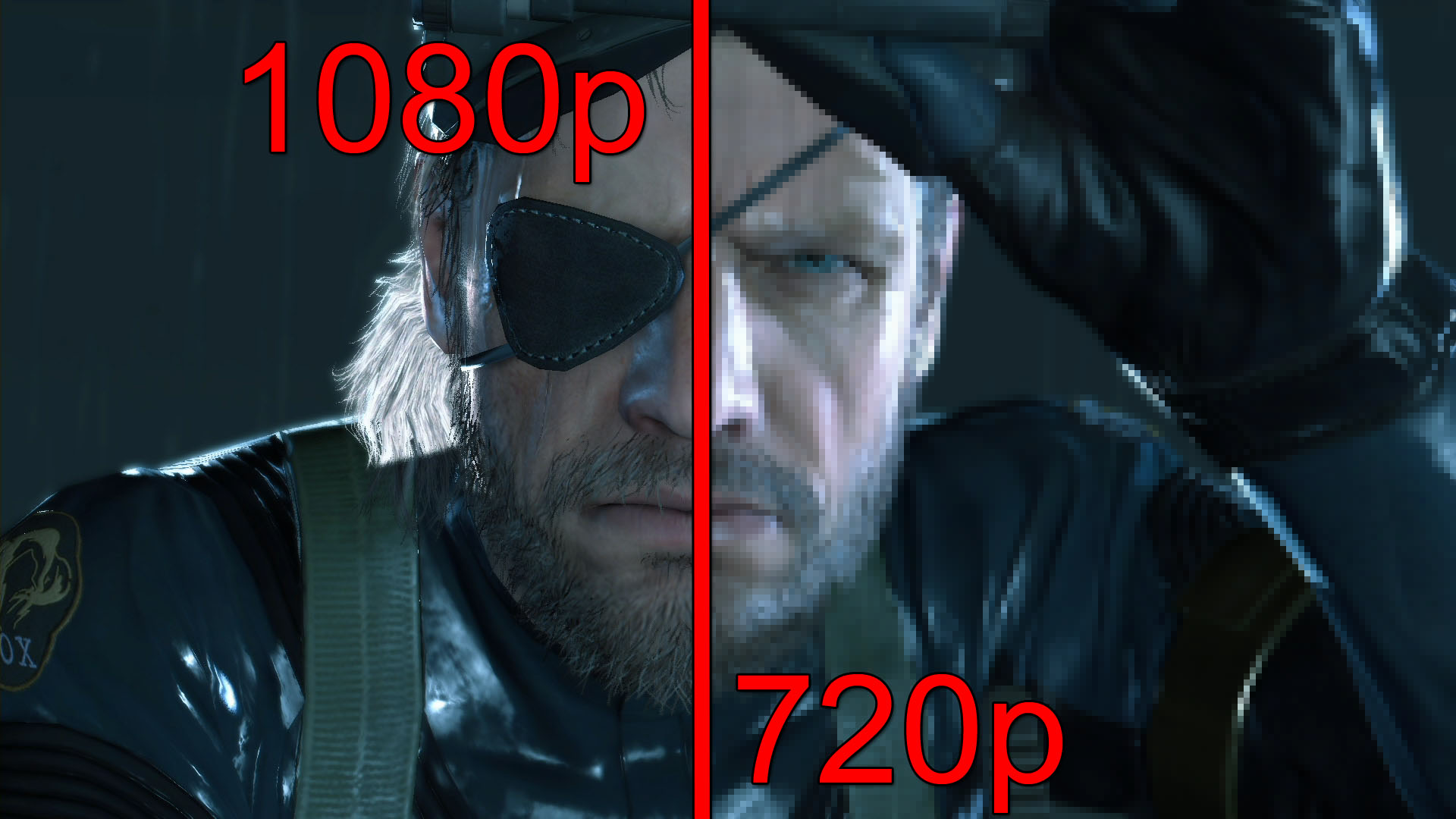
Rather than picking a distinct faction like Rome, instead you pick and choose from a variety of cultures as history proceeds. The biggest difference comes in terms of how your in-game identity is shaped. But scratch beneath the surface and the game is doing some fascinating things to upend what its rival has typically done. Take a screenshot of this game and you could easily pass it off as a leak from a new, unannounced Civilization 7. In fact, that comparison is especially okay once you see the systems of Humankind and realize that for all the things it is doing similarly, there is so much that's different. There is no shame in looking at something brilliant and thinking you have ideas to make it more brilliant. What audience is it going after? People who play Civ. What sort of game is it? Well, it's Civ, but with some unique twists of its own. I'm going to level with you: while it feels like a cop-out to talk about Humankind through the lens of Sid Meier's Civilization, it is also pretty much the only way to talk about the game. If you want to play most 4X games by going for a victory driven by cultural dominance rather than violence, you can.

You explore, expand, exploit, and exterminate, and usually broadly in that order, although the beauty of the genre is that you aren't trapped on any one given path. The 4X subgenre refers to the satisfying loop of actions in games of this type. For the first time in a long time, Civ may very well have worthy competition. Manufactors should do it right that way - bring it on, or just fade away.Make no mistake: the new title from Sega and Amplitude Studios is going after 2K and Firaxis' beloved Civilization series.Īnd why not? Civ has always been the dominating force in the 4X strategy space, and competition is good. When would smartphone manufactors build-in at least an 1/1.7" sensor.size does matter.you can't overcome laws of physics with newer processing algorithms and faster cpus.Sony for instance decided it right back into 2012 with their very first RX100 iteration - the 1" sensor is so much better than a usual 1/1.7" which all other prosumers and highend compacts have had back at this day.and now smartphones.12.16.20 or more MP.it doesn't matter.the sensor size is still a mess, JPEGs in 1:1 100% mode look really mushy & like watercolors.they'd never compete with digicams if they wouldn't get a better, bigger sensor for better light gathering ability, low light performance and image quality after all.i am tired of all these smartphone 's been 2016 - and still no RX100 IQ into a smartphone besides the CM1 Lumix from Panasonic. 3GB RAM/32GB storage or 4GB RAM/64GB storage.Dual Sony IMX 286 12MP sensors with 1.25µm pixel size.

720p civilization v images full#
Read our full review to find out how the Huawei P9 performs in the hands of a mobile photographer. While the camera is no doubt one of the most interesting we have seen this year, with an octa-core chipset and fingerprint reader the non-camera specifications are flagship-worthy as well. The P9 is also capable of some other dual-camera tricks that we've seen before, such as simulating shallow depth-of-field. Huawei says combining image information from both sensors makes the P9 camera 100% more light-sensitive than conventional smartphone cameras which should, at least in theory, result in superior low light image quality. In the Huawei system, which has been co-engineered with German camera manufacturer Leica, a 12MP RGB main sensor is accompanied by a 12MP monochrome chip. However, while on the LG the secondary module essentially acts as a wide-angle extension, Huawei's approach is different. Right behind the LG G5, the Huawei P9 is the second device to launch in 2016 with dual cameras.


 0 kommentar(er)
0 kommentar(er)
